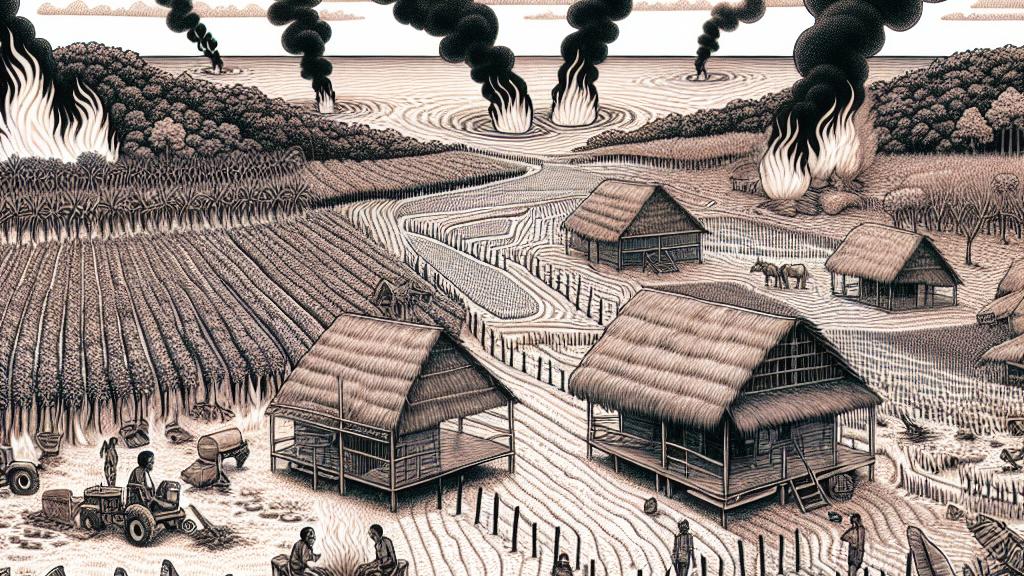The Impact of Climate Change on Indigenous Knowledge and Agriculture in Central America
Overview
- Intense climate events wreak havoc on Indigenous livelihoods throughout Central America.
- Widespread misconceptions improperly attribute environmental damage to traditional farming methods.
- Sustainable Indigenous practices, such as milpa, demonstrate resilience and ecological wisdom.

The Climate Change Crisis in Central America
In the vivid landscapes of Central America, especially Belize, the impact of climate change has been alarmingly clear. The years 2024 brought unprecedented wildfires, driven by extreme heat and relentless drought that shattered records. Imagine the eerie sight of communities battling flames that consumed not just their cherished forests but also vital crops and homes. By May, the state of emergency reflected widespread panic and despair, as people struggled to breathe amid the smoke, while discussions turned towards blaming Indigenous communities for their so-called destructive farming practices. Such simplistic narratives overlook the profound complexities of climate change, often reducing a multifaceted crisis to a scapegoating of traditional slash-and-burn agriculture used by Indigenous peoples. This shortsighted blame game fails to acknowledge the overarching influence of global warming that exacerbates these disasters.
Misrepresentation of Indigenous Agricultural Practices
It is essential to unpack the media’s often misleading portrayal of these practices, which sensationalizes and vilifies Indigenous agriculture. Many headlines and articles jump to conclusions about slash-and-burn farming, labeling it as reckless without understanding its transformative potential as part of a holistic system known as milpa. This ancient practice represents a sustainable method where small plots of land are cleared, cultivated with essential crops like maize, beans, and squash, and then allowed to regenerate. Picture the harmony of the milpa method: maize provides structure, beans enrich the soil with nitrogen, and squash sprawls to cover the ground, conserving moisture while deterring weeds. This intricate interplay illustrates not only ecological wisdom but also a profound respect for natural cycles. Sadly, misconceptions perpetuated by mainstream narratives divert attention from the sustainability of these techniques, which have supported communities for generations.
Recognition of Indigenous Ecological Practices
Recent research shines a spotlight on the undeniable benefits of Indigenous stewardship, revealing stunning results—especially in southern Belize, where the preservation of Indigenous lands correlates with significantly lower rates of deforestation and land degradation compared to other areas. By embracing traditional practices like milpa, communities not only foster biodiversity but also enhance soil health and improve carbon sequestration capabilities. This is not just theory; practical results demonstrate that milpa can revitalize depleted land and significantly increase agricultural productivity. The ongoing challenge lies in shifting perceptions; we need to recognize and advocate for Indigenous practices, not only as a means of addressing food sovereignty but also as keys to combating climate change. Acknowledging their importance can reshape agricultural policies, fostering a much-needed respect for Indigenous wisdom that serves as a foundational pillar in our quest for ecological sustainability. As we confront this climate crisis, learning from these time-honored practices could indeed provide valuable insights into creating resilient ecosystems for future generations.

Loading...